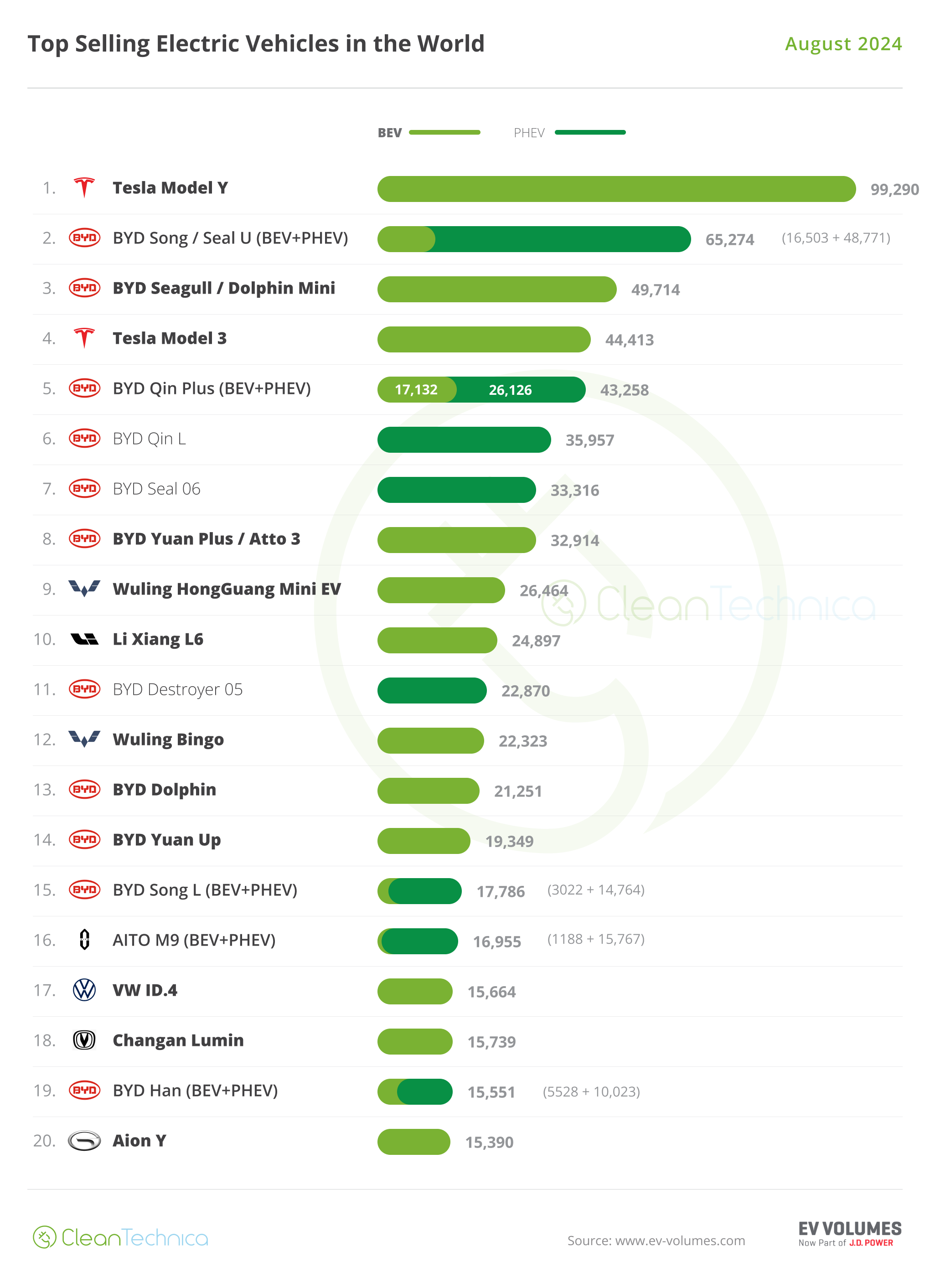Battery energy storage systems (BESS) are being prioritised by governments and energy sectors worldwide to align with the global trend of sustainable development and energy transition.
However, the transition to clean energy in digital mines introduces complexities in integrating hybrid power systems – combining renewable energy sources, BESS, smart grids, and microgrids – with the backbone of reliable communication networks.
An advanced power intelligence management system
A modern BESS reshapes energy use in mine sites by balancing energy supply and demand, stabilising grids, preventing renewable energy waste.
However, BESS’ advancements present new challenges in networking and cybersecurity for power management systems and mining automation system providers.
In the past, the primary requirement for network transmission was merely “connectivity”. However, with the deep integration of BESS systems, renewable energy microgrid and national power grids, the demands for network availability and security have surged dramatically.
Fortunately, in recent years, industrial communication networks and industrial control cybersecurity technologies have made significant progress and seamlessly integrated into various critical infrastructures.
Here are four network technology requirements that mining operators need to consider when deploying BESS or BESS providers need to pay attention to when designing systems:
1. High-availability network architecture
As power grids become more advanced and require stricter management requirements, the quick charging and discharging characteristics of large battery energy storage devices are essential in balancing the grid.
Industrial Ethernet has designed a millisecond-level backup network architecture to address the real-time communication requirements between BESS and the power grid.
This structure not only provides real-time and stable transmissions but can also quickly switch to a backup network in case of network failures, ensuring uninterrupted data flow.
The PRP/HSR (parallel redundancy protocol and high-availability seamless redundancy) zero packet loss technology can improve the reliability of the BESS network when interacting with substations.
2. Monitoring network communication-related indicators
By using advanced network switches, you can monitor key indicators of point-to-point communication, such as optical power and network packet error rate, in real time.
These indicators not only provide the real-time status of system operations but can also alert to potential hardware failures or network interference.
For example, an abnormal optical power might indicate an impending failure of the optical fibre transmitter or on-site wiring issues. Inspecting and intervening early can prevent communication interruptions and keep the BESS system running smoothly.
3. Simplify equipment IP management to enhance network security
As large-scale BESS may involve many networked devices, the NAT (Network Address Translation) function simplifies IP (internet protocol) configuration and management. With NAT, multiple devices in the same battery storage container can share an IP address and the internal network remains hidden from potential attackers, enhancing overall network security.
4. Compliance with international industrial control system cybersecurity standards or specifications
With the increased awareness of industrial control cybersecurity in recent years, many new industrial control cybersecurity standards, such as IEC 62443, have been widely accepted internationally and applied to critical power infrastructures. These standards cover a complete set of cybersecurity engineering concepts for individual products, overall system security, and long-term safety management.
With the rapid advancement of technology and the strong trend of energy transition, the role of BESS in digital mine sites is becoming increasingly important. In this intricate journey, a stable communication system is key.
Moving forward, BESS deployments in mine sites need to consider these crucial elements for consistently optimising the performance of energy management and reliability of their communication systems to achieve sustainable mining with high productivity.
Please visit the Moxa website or contact Colterlec to learn more about the advanced communication solutions for mining digitalisation and energy management.



